If you shoot monochrome film, you don’t have to make do with shooting at box speed if it is a higher speed that you want, and if that is the case for you, you should not hesitate to push process. If you have not heard of push processing, it means altering the developing process so that you can under-expose your film and still get great results. If you would like to learn more about push processing, there is a good article here.
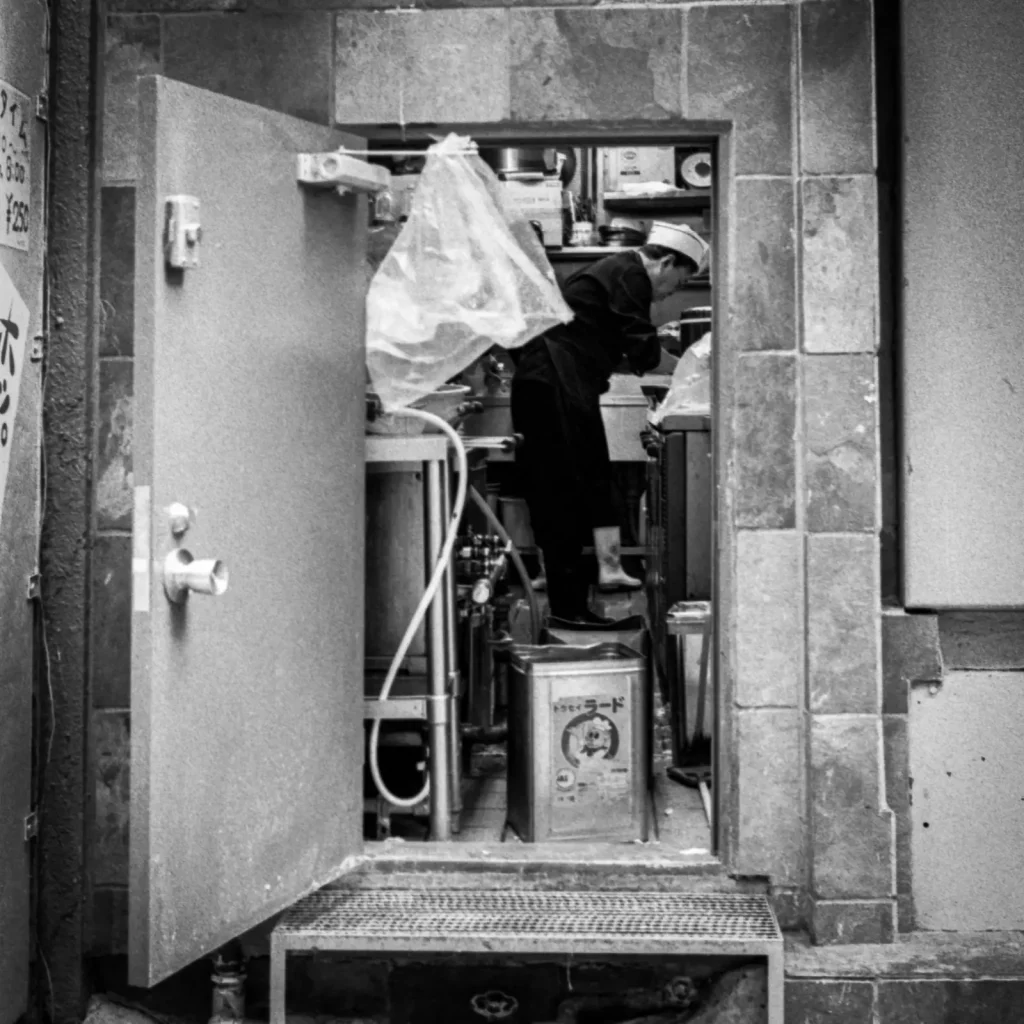
Kodak T-Max films are designed for pushing, even up to three stops. So that means you can push T-Max 100 as high as 800, T-Max 400 as high as 3200, and T-Max P3200 as high as 25,600. Kodak provides recipes for all of these.

To develop Kodak T-Max 400 at box speed requires only five minutes in Kodak T-Max Developer at 24C. To push to EI3200 merely requires an extra 4 minutes and thirty seconds or nine-and-a-half minutes altogether. Easy peasy.
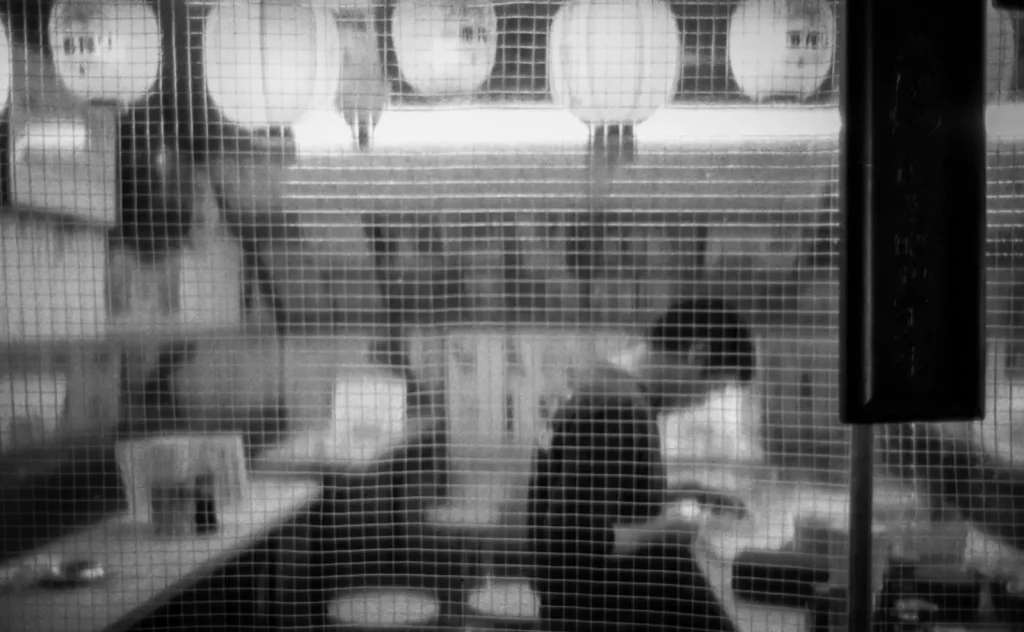
If Kodak Tri-X 400 happens to be your film of choice, no problem. You can push process Tri-X up to EI3200, and maybe even EI6400 if you like, although Kodak does not recommend pushing beyond EI3200. Other films stocks such as those made by Ilford are also likely pushable, but I have no experience with these. If you do, please feel free to share in the comments.
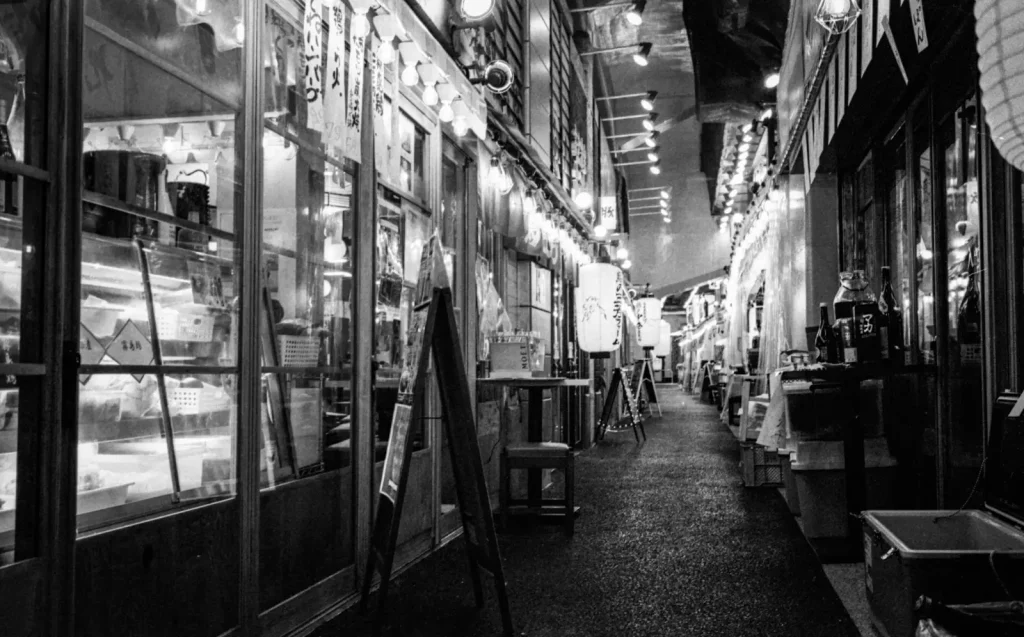
Some film stocks don’t push well at all. When I have tried to push Fomopan stocks, or their Lomograpy doppelgänger equivalents, I’ve gotten unattractive results. Some developers also have push processing limitations. Kodak D-76 will work only up to two stops, not three, even on Kodak T-Max films. I have tried for three stops using D-76, and gotten some pretty hideous results. Better to follow Kodak’s advice here.
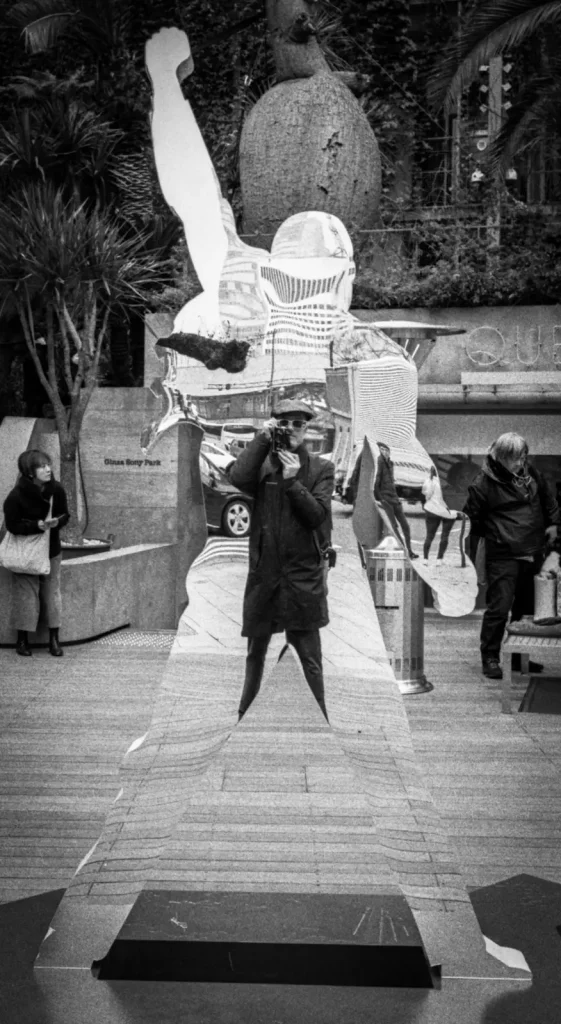
Some developers have limitations with certain pushable films. Rodinal allows me to push to EI800 both T-Max 100 and Fujifilm Neopan Acros 100, and presumably the new Acros II. However, Rodinal used with higher sensitive films like T-Max 400 gets overly grainy results, whether push processing or not.
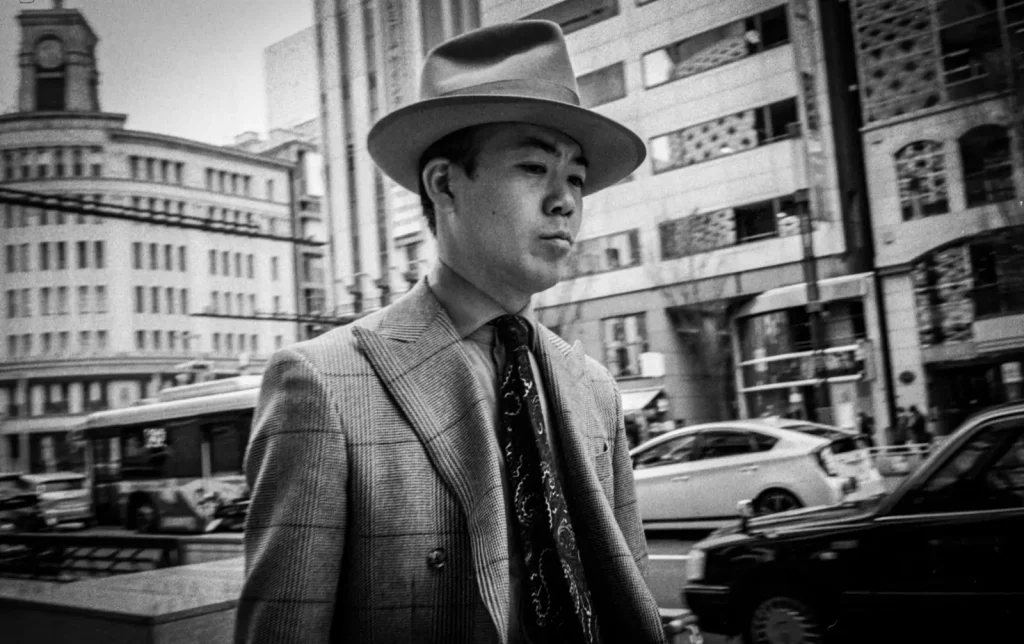
Street photography is my thing, so I rarely if ever shoot at box speed. I typically want to shoot at no less than 1/250th of a second in the street when I want to freeze motion, and I prefer to shoot stopped down as much as possible, preferably f/16 or f/11, to get the greatest depth of field. I zone focus and when I adjust focus, I need to move fast. No time for precision. A high EI helps with that, particularly on an overcast day, like the day I shot the photos for this piece.
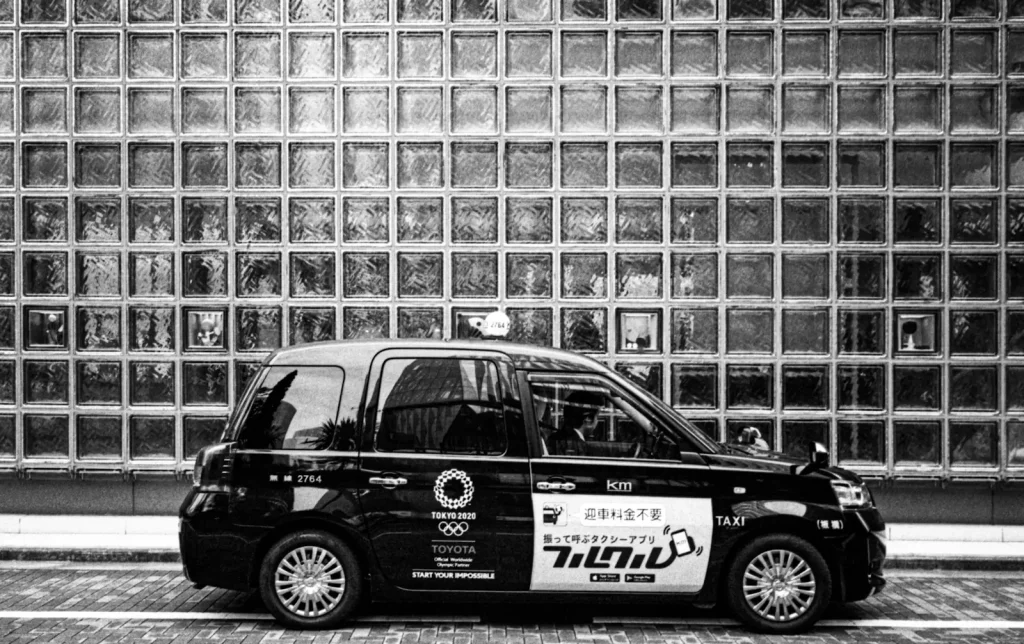
Leica’s recent introduction of the Leica M10 Monochrom, the third incarnation of its digital M bodies with their unique monochrome-only sensors, has been generating much fuss, fawning, and pontification about a nostalgia for an analog past of shooting monochrome film, made to sound so idyllic as to be irreconcilable with my actual memories. These days, Leica’s engineering and industrial design prowess are only exceeded by its branding acumen, but who can blame them? Leica has the right to make money like any other business, and they have certainly learned from past mistakes failing to do so.

Marketing faff aside, the idea of a monochrome-only sensor that can achieve far greater resolution for the ISO and distinguish much more subtle argentique shades of gray is a brilliant idea. The funny thing is that a monochrome sensor is not a technical upgrade over a color one, but rather a downgrade, with the color bayer sensor layer removed, allow for the greater ISO sensitivity and subtler silver shades!
It is a wonder that other camera makers don’t offer their own monochrome models. Can you imagine a monochrome X-Pro3 or a monochrome X100 series? Surely there would be enough demand to justify the product. Are you listening, Fujifilm?
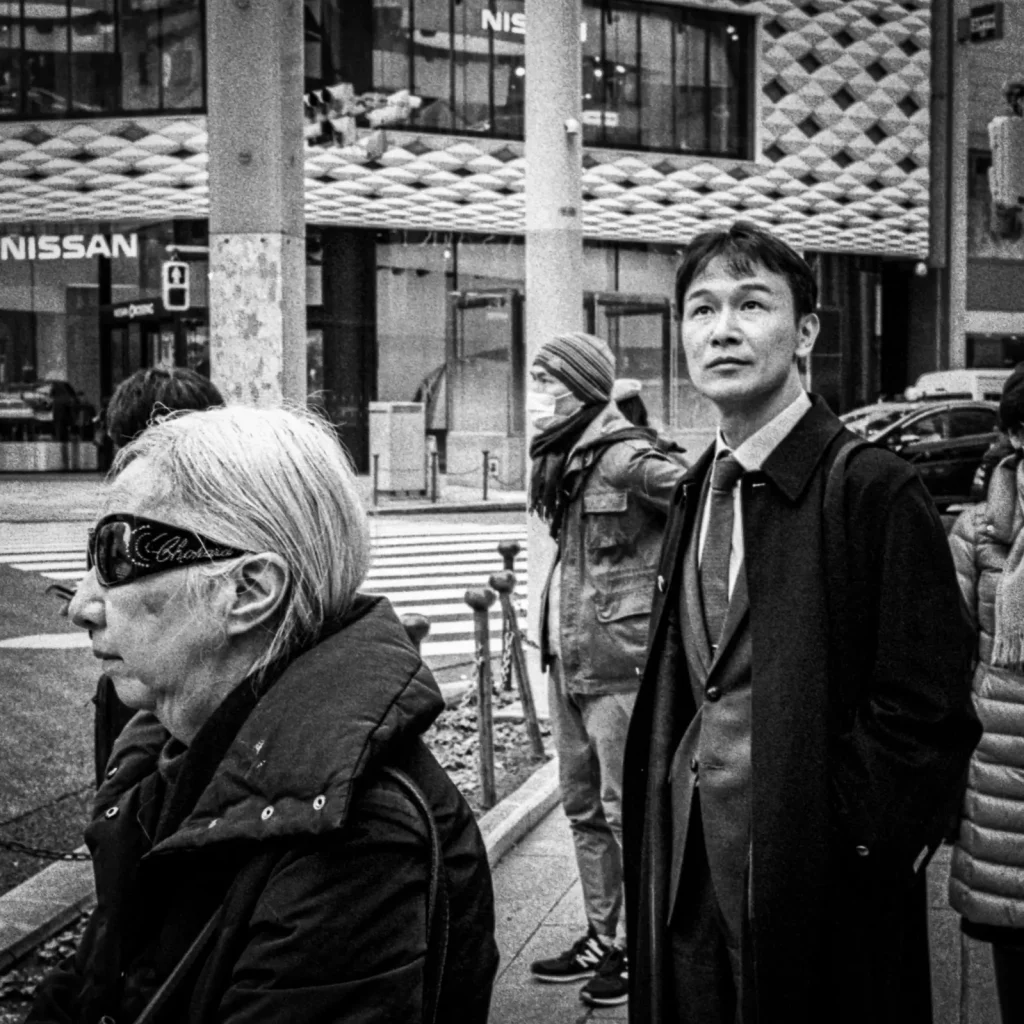
Alas, if you want a Leica M10 Monochrom you will have to shell out US$8000 or so for the pleasure. However, in case you would like to avoid cashing out your kid’s college fund, why not spring for the original Leica M Monochrom? I am not talking about the M9 Monochrom here. No, the real deal is the Leica M3.
And your sensor? Well, choose whatever film stock you like–Kodak, Ilford, Ferrania, Bergger, Japan Camera Hunter, Kentmere, Adox, Rollei, Seagull, Lomography, Fujifilm, or any other.
And the ISO range? How does ISO 25~25,600 grab you? That stacks up pretty well against the Leica M10 Monochrom’s ISO 160~100,000, and let’s face it. At ISO 50,000 and above, you might as well be shooting photos with a Gameboy! And when was the last time you actually needed ISO 100,000 anyway?

I shot all the photos in this piece in the Ginza and Yurakucho areas of Tokyo, Japan with an original Leica M3 Monochrom, a Kodak T-Max 400 sensor with ISO set to 3200. I used Kodak’s T-Max developer image processor with its highly effective monochrome processing algorithms. Judge the results for yourself.
I am a street photographer who lives in Japan. If you would like to see more of my work, have a look at my website bleisteinphoto.com, or my Instagram @sbleistein
Share this post:
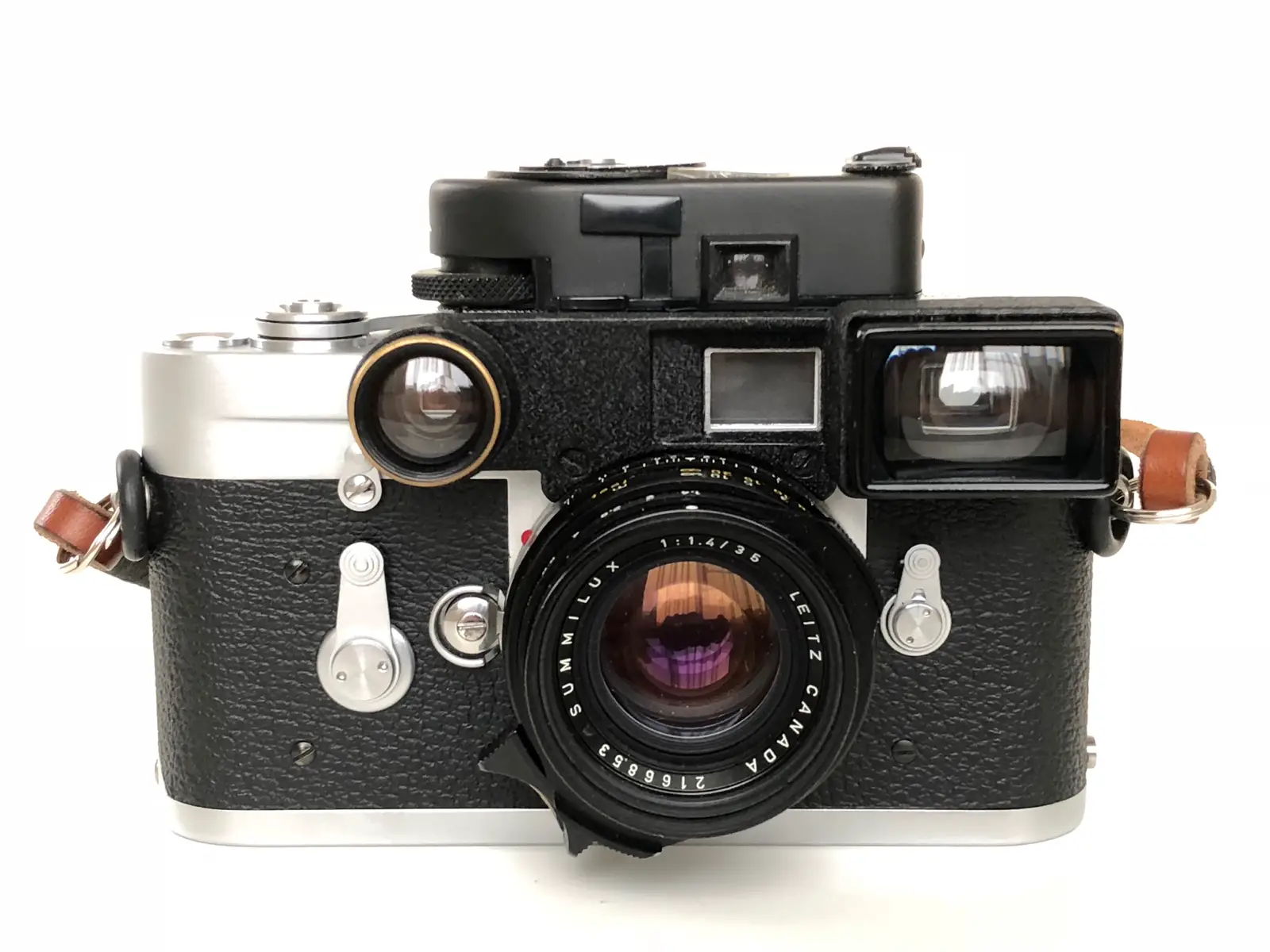








Comments
Rob on Pushing T-Max 400 to EI3200 with a Leica M3 Monochrom and First-Gen Summilux 35mm f/1.4 – Steven Bleistein
Comment posted: 19/02/2020
Comment posted: 19/02/2020
Stuart L Marcus on Pushing T-Max 400 to EI3200 with a Leica M3 Monochrom and First-Gen Summilux 35mm f/1.4 – Steven Bleistein
Comment posted: 19/02/2020
Comment posted: 19/02/2020
James T on Pushing T-Max 400 to EI3200 with a Leica M3 Monochrom and First-Gen Summilux 35mm f/1.4 – Steven Bleistein
Comment posted: 19/02/2020
It seems to me that there is a correlation between films that are hard to push (e.g. Foma) and high levels of reciprocity failure. The idea makes sense in that both high reciprocity failure and poor pushability imply a lack of response to low intensities. I don't know if anyone has looked into this in a thorough way. (As a primarily landscape photographer I don't push film very often, apart from HP5 to 800 in the woods).
Comment posted: 19/02/2020
Ron Scibilia on Pushing T-Max 400 to EI3200 with a Leica M3 Monochrom and First-Gen Summilux 35mm f/1.4 – Steven Bleistein
Comment posted: 19/02/2020
I have never pushed film. I’ll have to try it.
Thanks,
RDS
Comment posted: 19/02/2020
Michael Scott on Pushing T-Max 400 to EI3200 with a Leica M3 Monochrom and First-Gen Summilux 35mm f/1.4 – Steven Bleistein
Comment posted: 19/02/2020
Comment posted: 19/02/2020
swimmyboi on Pushing T-Max 400 to EI3200 with a Leica M3 Monochrom and First-Gen Summilux 35mm f/1.4 – Steven Bleistein
Comment posted: 19/02/2020
Comment posted: 19/02/2020
JK Lockwood on Pushing T-Max 400 to EI3200 with a Leica M3 Monochrom and First-Gen Summilux 35mm f/1.4 – Steven Bleistein
Comment posted: 19/02/2020
Comment posted: 19/02/2020
Kodachromeguy on Pushing T-Max 400 to EI3200 with a Leica M3 Monochrom and First-Gen Summilux 35mm f/1.4 – Steven Bleistein
Comment posted: 19/02/2020
Comment posted: 19/02/2020
Comment posted: 19/02/2020
Comment posted: 19/02/2020
John Murch on Pushing T-Max 400 to EI3200 with a Leica M3 Monochrom and First-Gen Summilux 35mm f/1.4 – Steven Bleistein
Comment posted: 19/02/2020
Kevin on Pushing T-Max 400 to EI3200 with a Leica M3 Monochrom and First-Gen Summilux 35mm f/1.4 – Steven Bleistein
Comment posted: 20/02/2020
Comment posted: 20/02/2020
Brett Soul on Pushing T-Max 400 to EI3200 with a Leica M3 Monochrom and First-Gen Summilux 35mm f/1.4 – Steven Bleistein
Comment posted: 25/02/2020
Comment posted: 25/02/2020
Comment posted: 25/02/2020
Comment posted: 25/02/2020